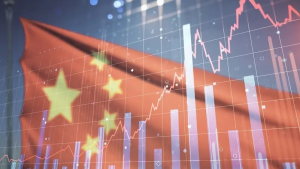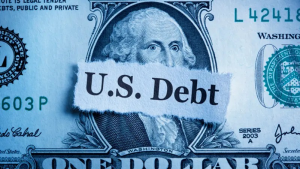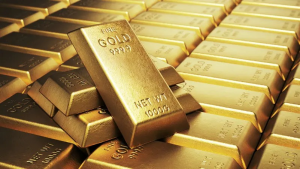The dollar was steady on Monday ahead of a fresh U.S. inflation reading that will likely influence the interest rate outlook, while the yen languished near the 160 level, drawing verbal warnings from Japanese authorities as intervention fears grip markets.
The yen weakened to 159.94 per dollar in early trade on Monday, its lowest since April 29, when the yen touched a 34-year low of 160.245 leading to Japanese authorities spending roughly 9.8 trillion yen to support the currency.
The yen was last slightly firmer at 159.70 per dollar after Japan's top currency diplomat Masato Kanda said on Monday authorities will take appropriate steps if there is excessive foreign exchange movement, and that the addition of Japan to the U.S. Treasury's monitoring list would not restrict their actions.
"We will firmly respond to moves that are too rapid or driven by speculators," Kanda said, but noted authorities have no specific levels in mind on when to intervene.
The yen has come under renewed pressure after the Bank of Japan's (BOJ) decision this month to hold off on reducing bond-buying stimulus until its July meeting. It is down 1.4% in June.
"It's pretty remarkable despite expectations of further BOJ policy tightening dollar/yen continues to creep higher and is now back up to 160," said Carol Kong, currency strategist at Commonwealth Bank of Australia (OTC:CMWAY).
A summary of opinions at the BOJ's June policy meeting on Monday showed some policymakers called for raising interest rates in a timely fashion as they saw a risk of inflation overshooting expectations.
"I think unless the BOJ gives very hawkish hints on policy, which is unlikely, dollar/yen is unlikely to turn around sustainably," Kong said.
The yen, which is highly sensitive to U.S. Treasury yields, is down over 10% against the dollar so far this year, weighed down by the wide difference between rates in Japan and the United States.
Demand for carry trades, borrowing yen at low rates to buy higher yielding currencies, has also taken both the Australian and New Zealand dollars to 17-year peaks on the yen. [AUD/]
Meanwhile, spot yuan was trading at 7.2615 per dollar, within a very narrow range and close to its lowest in seven months, dragged by broad strength in the dollar and worries about weakness in the world's second-largest economy. [CNY/]
INFLATION TEST AHEAD
The spotlight this week will be on the U.S. personal consumption expenditures (PCE) price index - the Federal Reserve's favoured gauge of inflation - due on Friday.
Economists polled by Reuters expect annual growth in the index to slow to 2.6% in May. A soft reading is likely to bolster bets on a rate cut as early as September, which futures currently price as a 65% prospect, CME FedWatch tool showed.
The dollar index, which measures the U.S. unit against six peers, was last at 105.82, hovering close to the nearly eight week high of 105.91 it touched last week.
"The combination of slowing activity, a loosening labour market and slower inflation readings make us increasingly confident that the Fed will begin reducing policy rates in September," Citi strategists said.
The focus through the week will also be on geopolitics, with the first U.S. presidential debate on Thursday and the first round of voting in the French election at the weekend.
The euro, which has been under pressure since French President Emmanuel Macron called a snap election earlier this month, was little changed at $1.0693. The single currency is down 1.4% this month.
France's far right National Rally (RN) party and its allies were leading the first round of the country's elections with 35.5% of the vote, showed a poll published on Sunday.
Christopher Wong, currency strategist at OCBC, said the knee-jerk impact on the euro can vary but is likely to be skewed to the downside, unless the outcome surprises with President Macron's ensemble coalition winning a larger share.













